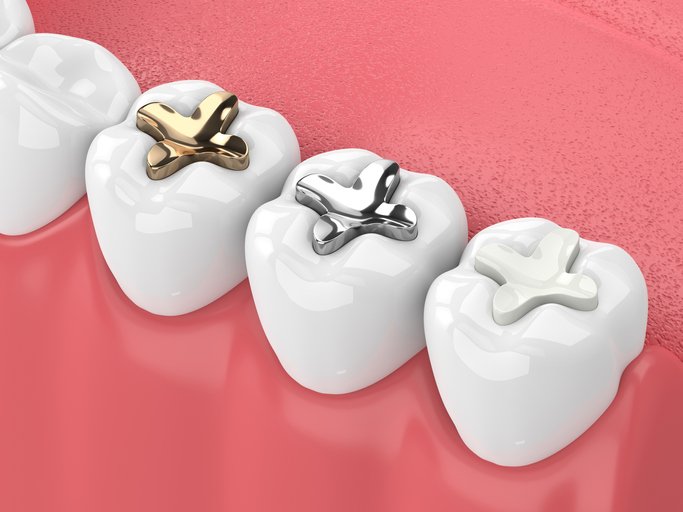July 19, 2024
Dr. Andres de Cardenas
All-on-4 dental implants, cosmetic bonding, Cosmetic Dental Care Services, cosmetic dentist Miami, Cosmetic Dentist Whitening, Cosmetic Dentistry, Daily Health Tips, dental care, Dental Care Tips, Dental Cleaning Appointment, Dental Implant Procedure, dental solutions, Dentist Appointment, family dental Care dentist, Family Dentist, FL, healthy teeth, Natural teeth whitening, Oral Cancer, Oral Care, professional denstists, Smile Makeover, Teeth Alignment, Teeth discoloration, Teeth Whitening, teeth whitening sensitive teeth, The Miami Cosmetic Dentist
Family Dental Care Miami | Miami Cosmetic Dentist > Blog > Blog - Category > The Best Results in Cavity Filling | Tooth-Colored Filling
The Best Results in Cavity Filling | Tooth-Colored Filling
September 13, 2019
Web Master
Blog - Category, Cavity Treatment, Dental Care Tips, Dental Problems, Family Dentist, Oral Care

Silver Cavity Fillings are Old News | Consider Tooth-Colored Fillings as the Ideal Alternative!
For most people, it remains inevitable that they will suffer from a cavity during some point in their life. In most scenarios, dentists treat this oral condition utilizing a cavity filling made from composite filling materials, or metal.
These types of fillings made from silver, tin, and copper, is what we call “silver amalgam”. Unfortunately, the metal look can appear unsightly or unattractive. As recently as a decade ago, patients could only receive cavity filling with these metal alloy materials. This meant people could see the dental fillings whenever the patient laughed or smiled.
Nonetheless, with intervention from modern materials and modern American dental techniques, we can all now access to tooth-colored fillings. Some patients even elect to replace their old metal fixtures with these tooth-colored composites. They provide a more natural, attractive aesthetic.
Modern Cavity Filling in Modern Dentistry
Filling types vary in complexity, as well as utilized materials. Some patients may receive what we call a direct filling. This where a dentist places the filling into the cavity.
However, some others may receive an indirect filling. This involves the dentist taking a dental impression to create a custom filling that surrounds the cavity.
A modern, composite, tooth-colored filling is comprised of a plastic and glass mixture. Designers shade them to match natural tooth shades. A dentist can affix composite filling into a cavity layer by layer, hardening it with a specialized light. They do this at each level to optimize strength, in addition to durability.
Once the dentist places the filling, they can then polish the composite material. This helps the finalize product look natural while also preventing staining from the foods and drinks that we ingest.
The primary advantage that patients attain through composite cavity filling is obviously the aesthetic appeal. However, these white fillings also bond to the tooth better while helping support tooth structure and preventing tooth decay or breakage. Dentists may even mix shades for the best possible finish to match a tooth’s natural coloration or shade.
Why Choose Composite Bonding and Tooth-Colored Fillings?
Dentists can utilize composite resin for far more than just cavity filling. The glass ionomer cement also remains crucial in various other cosmetic dentistry procedures. A dental specialist may rely on a composite resin to fill in gaps, chips, and cracks in the teeth. Composite resin is the ideal method to make teeth more attractive and healthier while also staying affordable with minimal damage potential.
Nevertheless, with tooth-colored fillings, a dentist applies a small batch of composite resin to attach the fillings. This provides a sticky surface that affixes the initial filling layer. Once this bottom layer sticks, they will then attach each additional layer one by one. When the procedure concludes, the dentist can shape and polish the resin to look and feel cohesive with the remaining teeth.
Amalgam fillings may make people feel self-conscious regarding their smiles. However, with tooth-colored fillings, patients’ teeth remain healthier, with added function while also looking more beautiful.
Natural Colored Fillings | Dr. Andres de Cardenas
Patients have a number of options when attempting to remedy a cavity. No filling imparts objectively better benefits than another. If you suffer from a cavity, it is crucial to consult with a specialist about dental care as soon as possible.
To learn more about cavity filling options from Dr. Andres de Cardenas, contact our dedicated dental practice today!
Get In Touch With Us
Recent Posts
- Bright Smiles, Brighter Futures: Why Cosmetic Dentist Whitening Is Worth It
- Safeguard Your Smile: Family Dental Care Dentist Debunks DIY Dentistry Tips!
- Dental Implant FAQs: What to Know About the Recovery Process
- The Health Benefits Of Cosmetic Dental Care Services: Beyond Vanity
- The Ultimate Cosmetic Dental Checklist For Miami, FL Residents
Related articles
July 5, 2024
Dr. Andres de Cardenas
All-on-4 dental implants, cosmetic bonding, Cosmetic Dental Care Services, cosmetic dentist Miami, Cosmetic Dentistry, Daily Health Tips, dental care, Dental Care Tips, Dental Cleaning Appointment, Dental Implant Procedure, dental implant recovery, dental implants, dental solutions, Dentist Appointment, family dental Care dentist, Family Dentist, FL, healthy teeth, Oral Cancer, Oral Care, professional denstists, Smile Makeover, Teeth Alignment, Teeth discoloration, Teeth Whitening, The Miami Cosmetic Dentist
Safeguard Your Smile: Family Dental Care Dentist Debunks DIY Dentistry Tips!
June 21, 2024
Dr. Andres de Cardenas
All-on-4 dental implants, cosmetic bonding, Cosmetic Dental Care Services, cosmetic dentist Miami, Cosmetic Dentistry, Daily Health Tips, dental care, Dental Care Tips, Dental Cleaning Appointment, Dental Implant Procedure, dental implant recovery, dental implants, dental solutions, Dentist Appointment, Family Dentist, FL, healthy teeth, Oral Cancer, Oral Care, professional denstists, Smile Makeover, Teeth Alignment, Teeth discoloration, Teeth Whitening, The Miami Cosmetic Dentist


